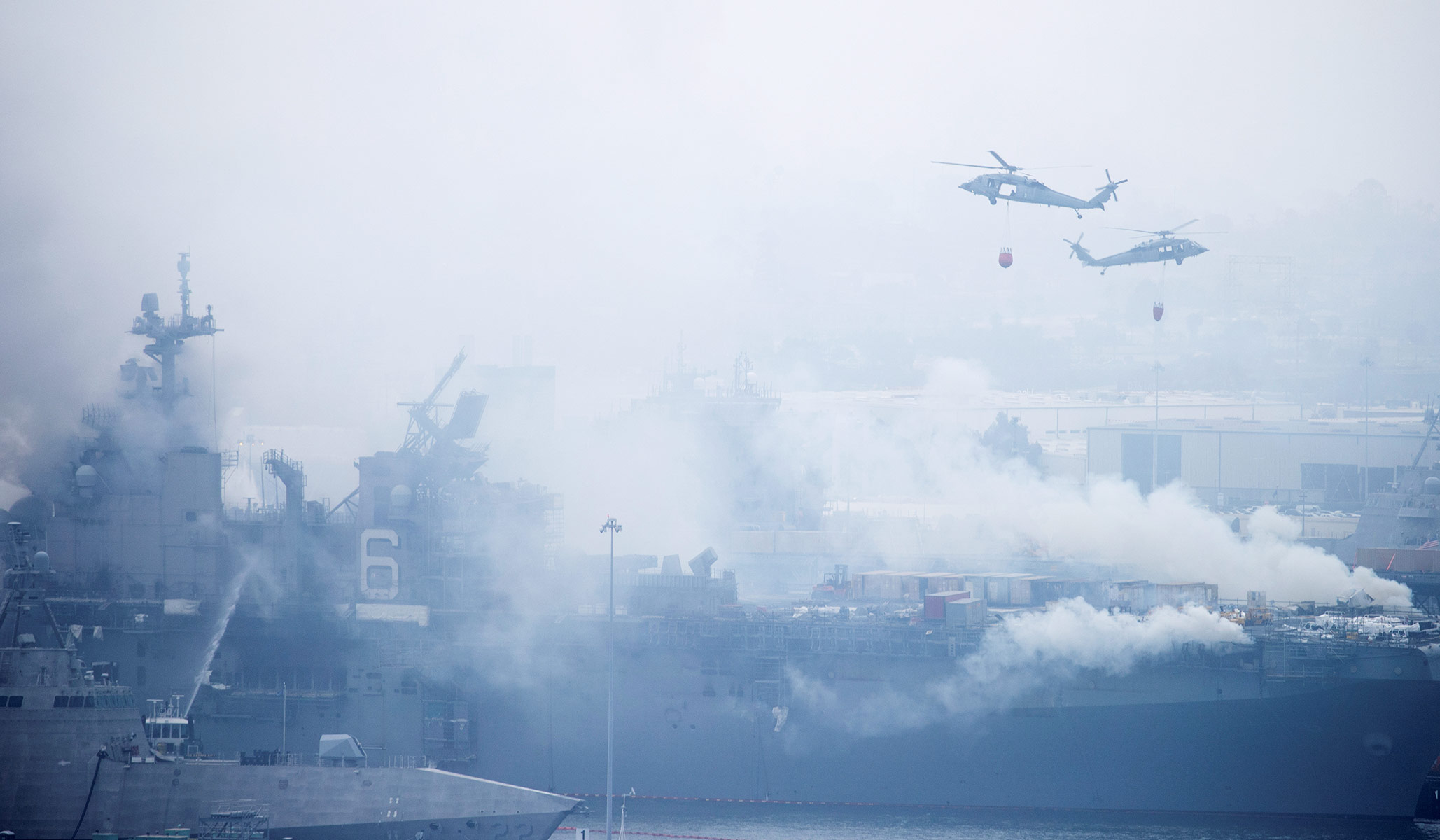This isn’t a new problem. This has been reality for a long time and the solution will continue to be innovative practices and ideas that look good on paper and turn the right boxes in the readiness tracker or whatever green.We would run out of ships very quickly. We've already been running our ships too hard and shortening or cancelling maintenance availabilities already. Reducing the amount of ships and upping the OPTEMPO will only make things worse. We need more, cheaper ships such as PCs and OHP-class FFGs that can bring an oversized sensor and strike capability to the fight.
Manpower is a fixed cost. So are ships. But remember, the “355 ship Navy” isn’t happening until the 2050s. The money for that fleet has to come from somewhere.
This kills two birds with one stone. Save the fixed operating cost of x amount of ships for y amount of years (good stewards of the taxpayers’ dollars), more personnel means more people to do upkeep and maintenance, and the increased duty section lessens covid exposure out in town while increasing your DC capability onboard (good stewards of the taxpayers’ assets).
I think I’m going to put myself in for a comm.

